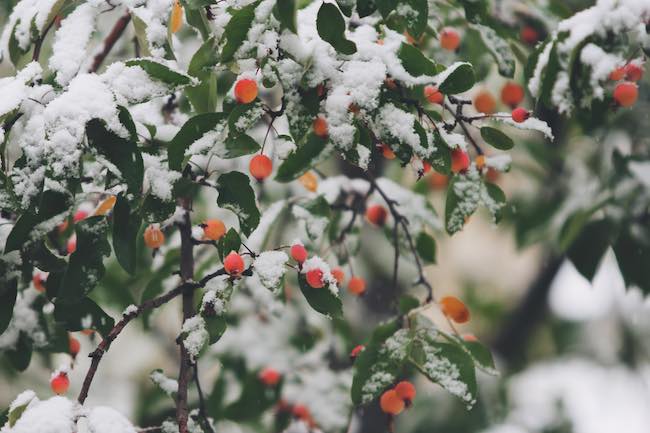How snow affects your garden plants

When garden plants are covered in snow, they undergo a number of changes to adapt to the harsh winter conditions. Here are some ways that garden plants are affected by snow:
- Reduced photosynthesis: Snow cover blocks out sunlight, which reduces the amount of photosynthesis that garden plants can carry out. This means that they produce less energy and grow more slowly during the winter months.
- Limited water availability: When the ground is covered in snow, garden plants are not able to access water from the soil. This can lead to dehydration and stress, especially if the snow cover is thin or melts and refreezes repeatedly.
- Cold stress: Snow can actually protect garden plants from extreme cold, but if the snow cover is not thick enough or the temperatures drop too low, the plants can experience cold stress. This can damage their tissues and inhibit their growth.
- Reduced respiration: As garden plants enter a state of dormancy during the winter months, their respiration rates slow down. This conserves their energy and allows them to survive with lower levels of photosynthesis.
- Snow load: Heavy snowfall can weigh down garden plants and cause them to bend or break. This can be particularly problematic for trees and shrubs, which have more substantial branches and trunks.
Despite these challenges, many garden plants have adapted to survive in snowy conditions. As mentioned earlier, some plants have developed freezing tolerance or deep root systems to access water and nutrients. Others rely on snow insulation or evergreen leaves to continue photosynthesizing during the winter months. With the right adaptations, garden plants can thrive even in the snow.




















